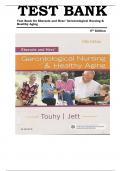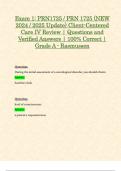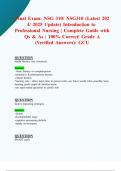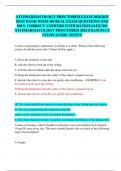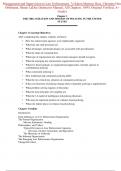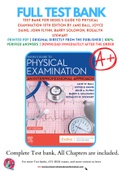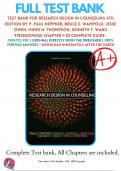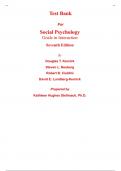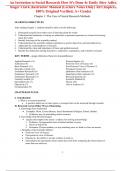Exam (elaborations)
Test Bank for Ebersole and Hess' Gerontological Nursing & Healthy Aging, 5e 5th Edition by Theris A. Touhy & Kathleen F Jett , ISBN: 9780323401678 Chapters 1-28|| Complete Guide A+
- Institution
- Chamberlain College Of Nursing
Test Bank Ebersole and Hess’ Gerontological Nursing & Healthy Aging 5th Edition by Theris A. Touhy, and Kathleen F Jet Chapter 1-28. An older adult who is a traditional Chinese man has a blood pressure of 80/54 mm Hg and refuses to remain in the bed. Which intervention should the nurse use to pro...
[Show more]
